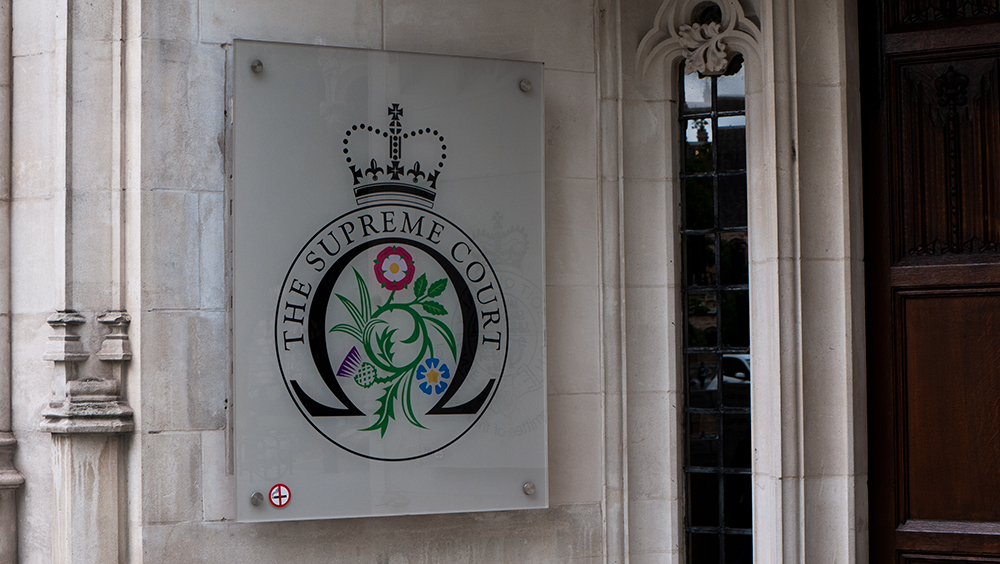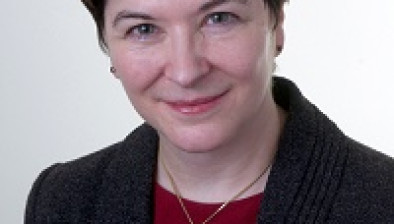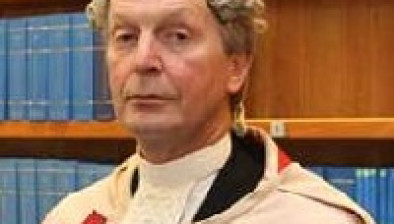Session Cases At 200: The Nat Fraser appeal
 Sheriff Alison Stirling chooses as her top Session Case one of Scotland’s most high profile criminal appeals of recent times: Fraser v HM Advocate 2011 SC (UKSC) 113, 2014 JC 115. Vote for your top three Session Cases here.
Sheriff Alison Stirling chooses as her top Session Case one of Scotland’s most high profile criminal appeals of recent times: Fraser v HM Advocate 2011 SC (UKSC) 113, 2014 JC 115. Vote for your top three Session Cases here.
In addition to reporting cases illustrating groundbreaking legal principles, Session Cases also reports cases which have attracted considerable public interest, providing a historical record of the most sensational cases of the day.
Nat Fraser was twice found guilty of murdering his wife, Arlene, who had disappeared from her home in Elgin in 1998. Her body has never been found. In the first trial, the Crown had relied on the finding of Arlene Fraser’s wedding, engagement and eternity rings nine days after she had disappeared. The Crown invited the jury to conclude that Nat Fraser had removed the rings from her dead body and returned them to the house to make it look as if she had decided to walk away from family life. This was the cornerstone of the Crown case, and the jury were directed that if they were not prepared to hold that Nat Fraser had returned the rings, it was not open to them to convict of murder.
Nat Fraser appealed, and during the appeal process it was discovered that a police officer had seen the rings in the house on the night of Arlene Fraser’s disappearance. A full investigation was carried out into why that information had not been disclosed. Following a lengthy and procedurally complex appeal process, the details of which are set out in the 2011 report, the Supreme Court allowed the appeal.
The second trial was a difficult trial to run, having regard to the extensive publicity surrounding the previous trial, and the risk that witnesses might refer to previous incidents of domestic abuse. It was a lengthy trial, and witnesses made brief references to Nat Fraser having been banned from the house, an assault, and Arlene Fraser having been in a women’s refuge. Another witness referred to Nat Fraser’s personality having changed after he had been imprisoned for a previous incident.
The trial judge did not desert the trial. Instead, he gave an immediate direction to the jury to ignore that reference, and he directed the jury again during his charge at the end of the trial. The jury heard weeks of evidence, including evidence about Arlene Fraser’s actions on the day she went missing, Nat Fraser’s alibi for that morning, the marital breakdown and Arlene Fraser consulting a solicitor about a financial settlement, Nat Fraser’s jealousy and the importance of money to him, Nat Fraser telling a friend two days before his wife’s disappearance to purchase a car which the friend subsequently set on fire, flattened with a digger and took to a scrapyard after her disappearance, and the friend stating that Nat Fraser had told him that he had arranged for someone to murder Arlene Fraser. The appeal against the decision not to desert the trial was refused.
The second trial was filmed in its entirety and made into an award-winning television documentary. It was the first time that cameras had been allowed to film a whole murder trial in a British criminal court.
Sheriff Alison Stirling, Advocate, was deputy editor of Session Cases 2001-2016









